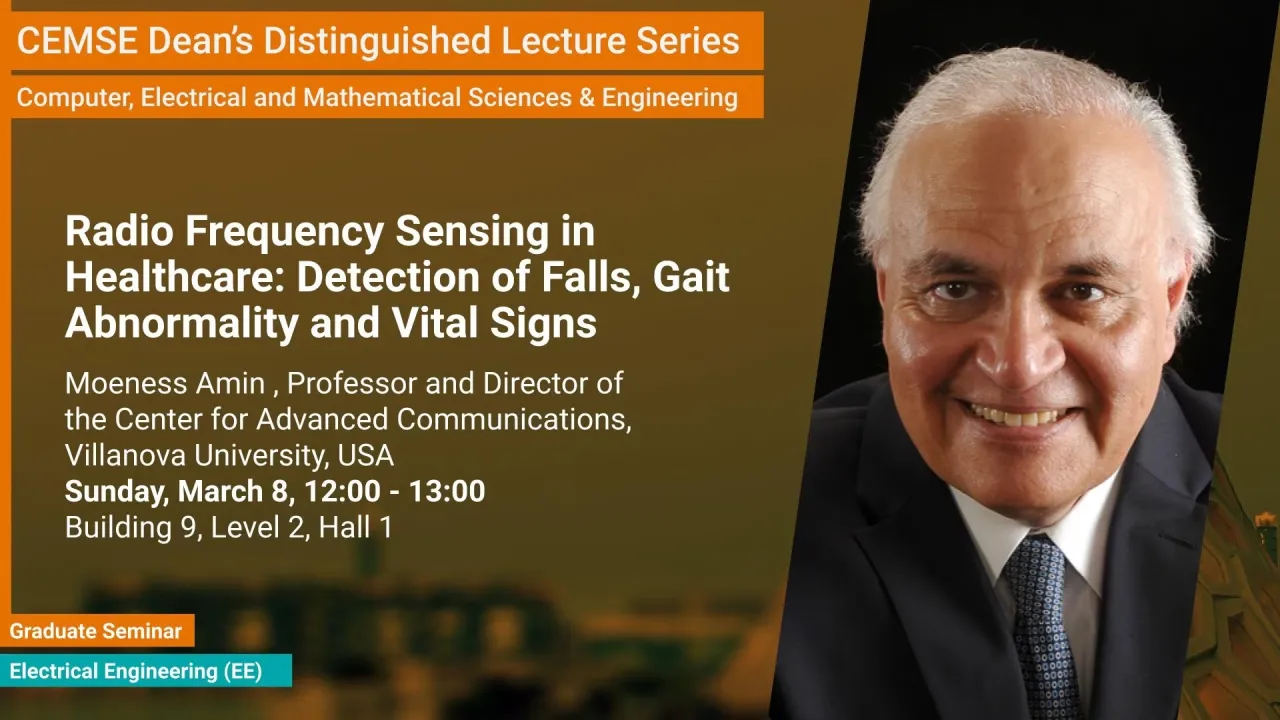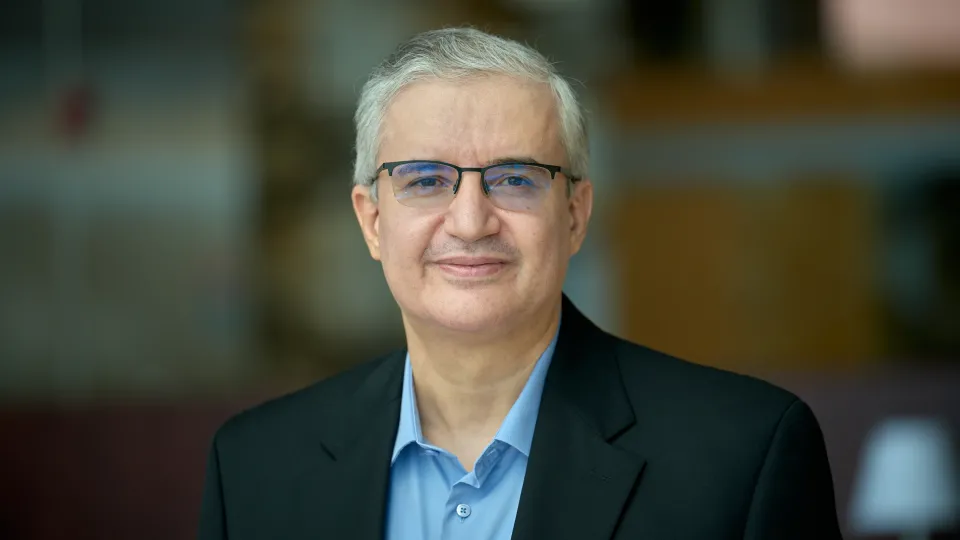
Radio Frequency Sensing in Healthcare: Detection of Falls, Gait Abnormality and Vital Signs
In this talk, we represent recent advances of radio frequency (RF) sensing technology for healthcare, specifically in monitoring human activities inside homes, retirement facilities, and hospitals. Sensing technologies and data analytics are considered powerful tools in efficient indoor monitoring of human activities. Monitoring of activities of daily living (ADL) can identify falls, which are considered as the leading cause of fatal and non-fatal injuries for people aged 65 and over. It can also detect variants in activity patterns and changes in routines and lifestyle as well as the state of physical, cognitive, and psychological health of the person. In addition to monitoring ADL, RF-based gesture recognition using hands and arms is shown to be an important contactless technology for Man-Machine-Interface (MMI). Adding to the indoor applications, RF-based vital sign monitoring has vast medical use, as respiration and heartbeats are essential diagnostic barometers for many health problems. More recently, RF sensors have also been proposed for gait analysis for rehabilitation and timely diagnosis of many neurological, orthopedic and medical conditions. Changes in gait patterns can also be precursors of falls. In this talk, we present successful examples in each of the above application areas and discuss pertinent open problems worthy of investigations.
Overview
Abstract
In this talk, we represent recent advances of radio frequency (RF) sensing technology for healthcare, specifically in monitoring human activities inside homes, retirement facilities, and hospitals. Sensing technologies and data analytics are considered powerful tools in efficient indoor monitoring of human activities. Monitoring of activities of daily living (ADL) can identify falls, which are considered as the leading cause of fatal and non-fatal injuries for people aged 65 and over. It can also detect variants in activity patterns and changes in routines and lifestyle as well as the state of physical, cognitive, and psychological health of the person. In addition to monitoring ADL, RF-based gesture recognition using hands and arms is shown to be an important contactless technology for Man-Machine-Interface (MMI). Adding to the indoor applications, RF-based vital sign monitoring has vast medical use, as respiration and heartbeats are essential diagnostic barometers for many health problems. More recently, RF sensors have also been proposed for gait analysis for rehabilitation and timely diagnosis of many neurological, orthopedic and medical conditions. Changes in gait patterns can also be precursors of falls. In this talk, we present successful examples in each of the above application areas and discuss pertinent open problems worthy of investigations.
Brief Biography
Moeness Amin received a B.Sc. degree from the Faculty of Engineering, Cairo University in 1976, MSc from King Fahd University of Petroleum and Minerals in 1980, and a Ph.D. degree from the University of Colorado, Boulder, in 1984, all degrees are in electrical engineering. Since 1985, he has been with the Faculty of the Department of Electrical and Computer Engineering, Villanova University, Villanova, PA, USA, where he became the Director of the Center for Advanced Communications, College of Engineering, in 2002. Dr. Amin is a Fellow of the Institute of Electrical and Electronics Engineers (IEEE); Fellow of the International Society of Optical Engineering (SPIE); Fellow of the Institute of Engineering and Technology (IET); and a Fellow of the European Association for Signal Processing (EURASIP). He is the Recipient of the 2017 Fulbright Distinguished Chair in Advanced Science and Technology; Recipient of the 2016 Alexander von Humboldt Research Award; Recipient of the 2016 IET Achievement Medal; Recipient of the 2014 IEEE Signal Processing Society Technical Achievement Award; Recipient of the 2009 Technical Achievement Award from the European Association for Signal Processing; and the Recipient of the 2015 IEEE Aerospace and Electronic Systems Society Warren D White Award for Excellence in Radar Engineering. He is the recipient of the IEEE Third Millennium Medal. Dr. Amin has over 800 journal and conference publications in signal processing theory and applications, covering the areas of Wireless Communications, Radar, Sonar, Satellite Navigations, Ultrasound, Healthcare, and RFID. He is the Editor of three books titled, Through the Wall Radar Imaging, Compressive Sensing for Urban Radar, Radar for Indoor Monitoring, published by CRC Press in 2011, 2014, and 2017, respectively.
